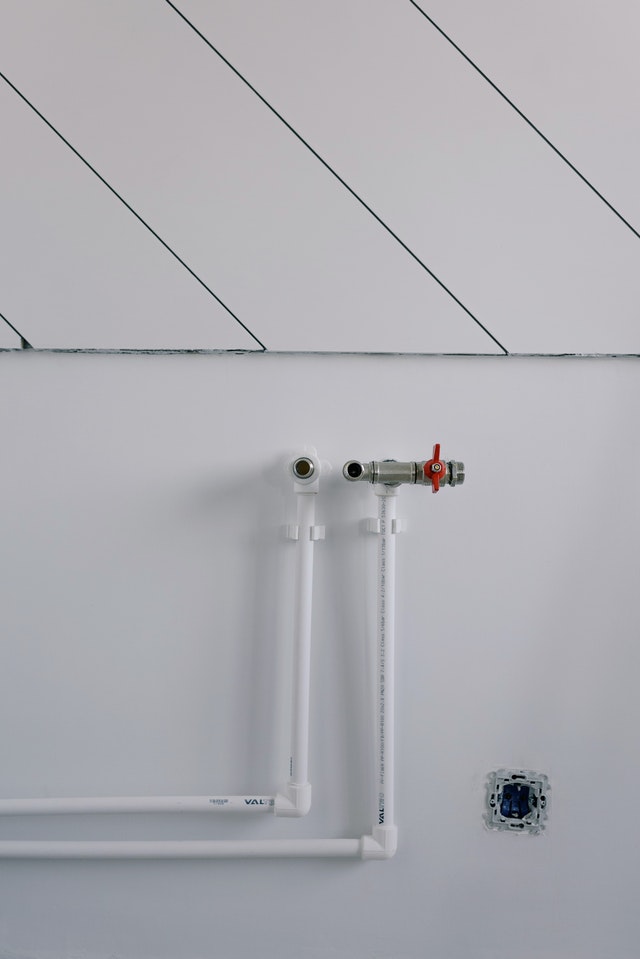If you are anything like most people, you probably don’t think about your plumbing system until something goes wrong. Unfortunately, that is the worst time to think about it because that is when it becomes an emergency. It can be very scary and traumatic when a pipe bursts in the middle of the night or floods your home. The best way to handle this situation is to take preventative measures before it gets out of hand. Here are some tips on how to deal with this unfortunate situation.
Protect Pipes from Freezing
Heat tape for pipes is a very effective way to protect pipes from freezing. There are flexible, insulated electrical cables with a heating element inside them. They can be installed around the pipe itself or on top of it, depending on what type of pipe you have and how much space you have in your basement or crawlspace.
When choosing the right type for your needs, several factors will affect your decision:
•Length — If you have more than one section of pipe that needs protection from freezing temperatures, then long lengths will let you cover many sections simultaneously. However, if only one section needs protection, then short lengths will work fine (and they’ll also cost less).
•Wattage rating — The higher the wattage rating on a particular model, the more power output. It works faster than low-wattage models when winter comes knocking at your door to freeze those pesky pipes!
Insulating
Insulating your home will prevent frozen pipes. Pipes can freeze when the ground around them is below 32 degrees Fahrenheit. If this occurs, it’s possible for them to burst, which is a very expensive problem. It can also lead to home flooding if not addressed immediately. There are many ways to insulate your home, but one of the easiest and cheapest ways is through attic insulation.
In addition to preventing leaks from occurring due to freezing pipes inside walls, insulating those areas will help keep heat from escaping outside air through cracks around windows and doors near those openings during winter when nights get coldest.
Caulking and Weather Stripping
Caulking and weather stripping are two of the most effective ways to prevent water from leaking into your home. If you have a pipe leaking, caulking can help keep moisture from seeping through cracks in the wall and causing damage. You can also use it to seal gaps around windows, doors, and other areas where air leaks may occur.
Caulk is a soft, sticky material used to seal gaps and cracks in walls, windowsills, or around bathtubs. It helps prevent air from leaking through these openings and water damage due to condensation. When buying caulk at the hardware store, look for one made specifically for sealing these applications. They’re usually labeled “bathtub/shower” or “window/door.” They have better adhesion properties than standard household varieties
Clean Gutters Regularly
The first thing that comes to mind when thinking about gutter cleaning is how much harder and more expensive it will be than cleaning any other home part. That’s not true at all. It’s very easy and cheap if done right. It would be best if you had some basic tools and knowledge on some tips on how to keep those gutters clear without breaking the bank.
The first step in keeping your gutters working is preventing clogs from forming. Clogs can occur if leaves get stuck between crevices or where they meet other surfaces like roofing materials (like shingles). Many steps must be taken to prevent these types of problems. Ensure no overhanging branches are present near where water flows into a gutter system. Have regular maintenance performed by professionals.
Keep Your Thermostat at an Even Temperature
The best way to prevent a pipe leakage is by keeping your thermostat at an even temperature. If you have a programmable thermostat, you should set it so that the heat goes on when you are home and turns off when you leave. The same applies if there is no one in the home during the day—set the dial to turn off once everyone leaves for work or school to prevent frozen pipes.
If you do not have a programmable thermostat, make sure that whoever stays home turns up the heat. You also have to check if anyone has left any faucets running while they were gone. This can contribute greatly to freezing and bursting pipes.
Conclusion
While these steps are simple to follow and can be done independently, it may still be a good idea to check with a plumber or other professional before attempting repairs yourself. It’s important to stay safe and follow the right instructions for the repairs to be effective. If you have any questions about how you can protect your home from pipe freeze damage this winter, don’t hesitate to contact us today!
Apart from that if you want to know about then visit our Business category.














